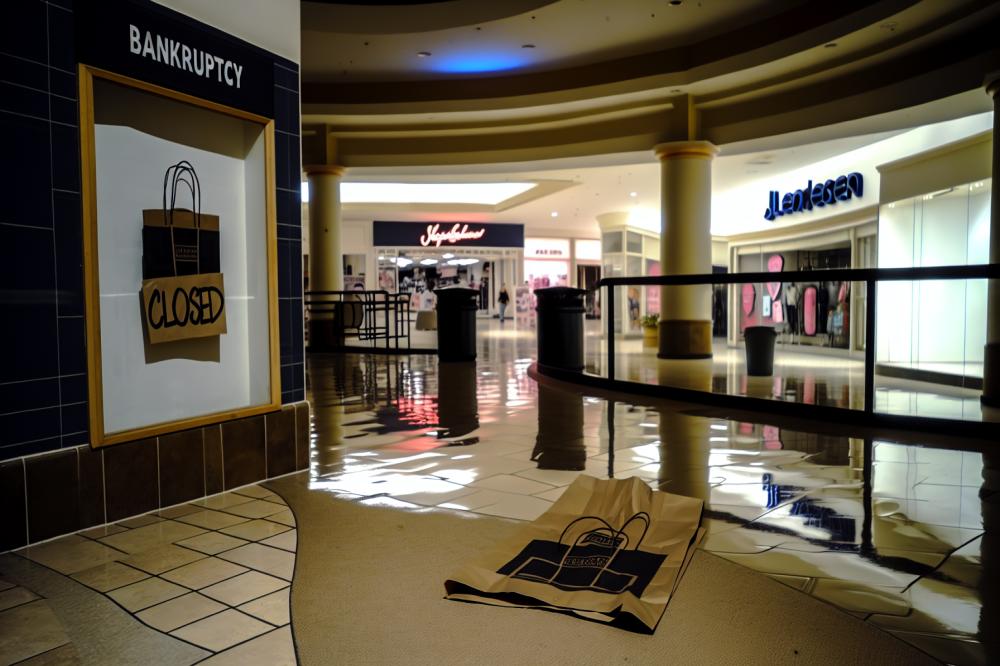In recent news, a well-known mall chain has made the tough decision to file for bankruptcy, resulting in the sudden closure of all its stores across the United States. The chain’s financial struggles have led to this drastic move, leaving both employees and loyal customers surprised by the abrupt announcement.
The closure of the stores has left many wondering about the future of the chain and its impact on the retail industry as a whole. With consumers increasingly turning to online shopping, traditional brick-and-mortar stores have faced challenges in staying afloat, and this chain’s bankruptcy is a stark reminder of the evolving retail landscape.

Critics argue that the chain’s inability to adapt to changing consumer preferences and the growing competition from e-commerce giants were major contributors to its downfall. However, supporters lament the loss of a familiar shopping destination that held nostalgic value for many patrons.
This bankruptcy filing serves as a cautionary tale for businesses in the retail sector, highlighting the importance of staying agile and responsive to market dynamics. It also raises questions about the future viability of traditional mall-based retailers in an era dominated by online shopping and changing consumer habits.
As stakeholders await further developments, the closure of this once-popular mall chain marks a significant shift in the retail landscape, prompting reflections on the challenges facing traditional retailers in today’s rapidly changing marketplace.
Read the full story by: KFYR News




